Women’s Hockey On The World Stage
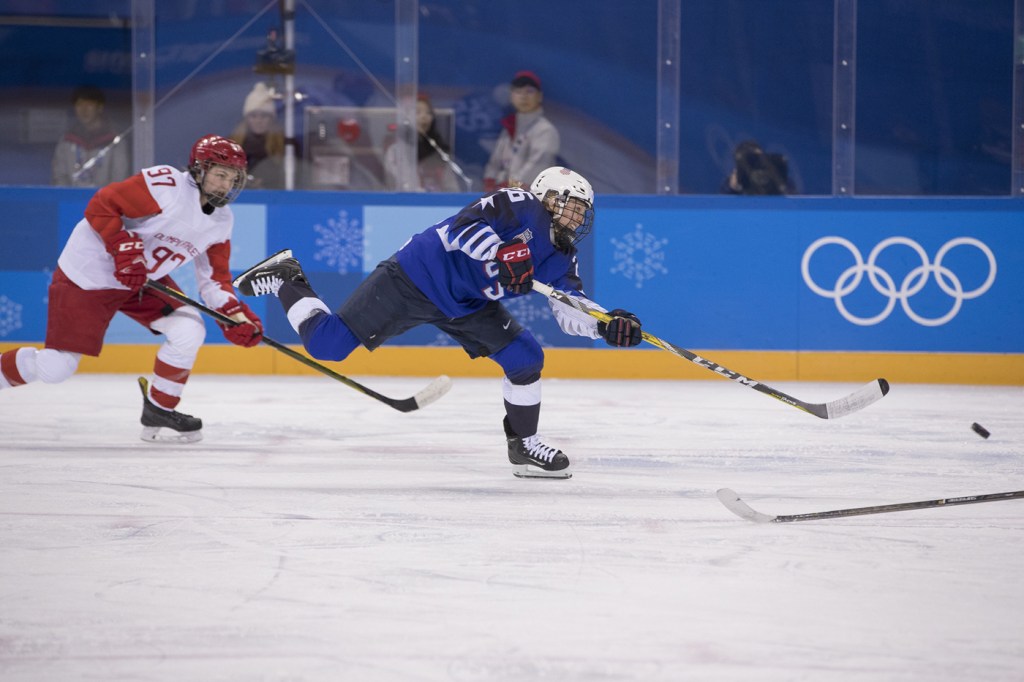
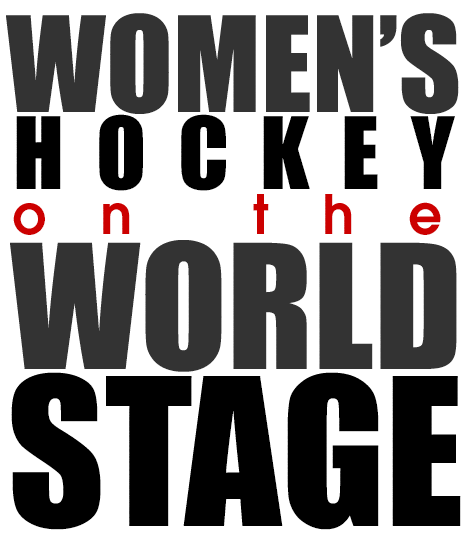
It’s only at the Olympics—once every four years—where women get to showcase their hockey prowess at the highest level. And this year, Kendall Coyne, AMD’16, MS’17, and her determined U.S. hockey teammates out-fought the Canadian juggernaut to win gold on the world’s biggest stage.
To Northeastern women’s hockey head coach Dave Flint, who was an assistant coach for the women’s team at the 2010 Olympics, the university had much to be proud of headed into the gold medal game. Northeastern had a major presence on both benches: Coyne for the United States, and alumna Laura Schuler, BHS’94, as head coach of Team Canada.

“Either way, Northeastern wins.”
Even before the 2018 Pyeongchang Games, Flint helped develop Coyne into the 2016 Patty Kazmaier Memorial Award winner as the top player in NCAA Division I women’s ice hockey. Until Thursday, among her long list of distinguished awards, a silver medal at the 2014 games topped the list.
In addition, under his tutelage, 2014 Olympic bronze medalist and MVP Florence Schelling, DMSB’13, goaltender for the Swiss team again this year, graduated as the program’s all-time leader in career goals against average (1.74) and save percentage (.940). Schelling is the first Northeastern student-athlete in history to appear in four different Olympic Games.
“To see them on the world stage, it’s so rewarding to know I had a part in developing them as hockey players and as people,” Flint said.
We asked the coach to reflect on the game of women’s hockey.

Coach Dave Flint
- Coached three Olympians: gold and silver medal winner Kendall Coyne, bronze medal winners Florence Schelling and Julia Marty
- Coached team to first ever NCAA tournament appearance
- Coached team to Hockey East regular season championship and two women’s Beanpot titles
What are the differences in training for the Olympics as opposed to a college game?
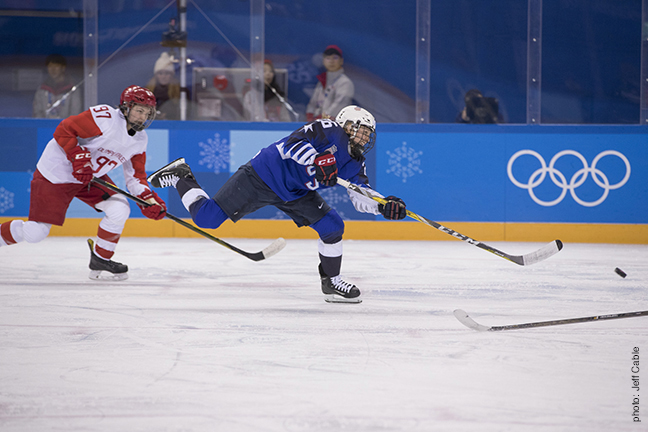
Fast-paced drills, strength and aerobic training, and mental conditioning are part of training for any phase of a hockey career. But what changes at the highest level?
- Women train for five games in 12 to 14 days, rather than a 34-game multi-month college season
- They must acclimate to new teammates
- Athletes need to adjust to a different time zone and culture
From the coach:
The training regimen is more intense because you have such a short window. The preparation [for an Olympic game and a college game] is similar as far as getting bodies physically fit and minds mentally ready. If you lose a game in a college season, we have another one on Saturday. Lose the wrong one in the Olympics, and all that work is down the tubes.
What makes an Olympic women’s hockey player so special?
Only super talented hockey players make their way onto Division 1 teams. But only the elite make it to the gold medal round of the Winter Olympics. What distinguishes good from great?
- Determination
- Work ethic
- Drive to be the best
From the coach:
Kendall [Coyne] did everything right all the time, not just when it was convenient for her. When she was tired and sick and hurt, she always performed to the best of her abilities. Not everyone has that in their DNA.
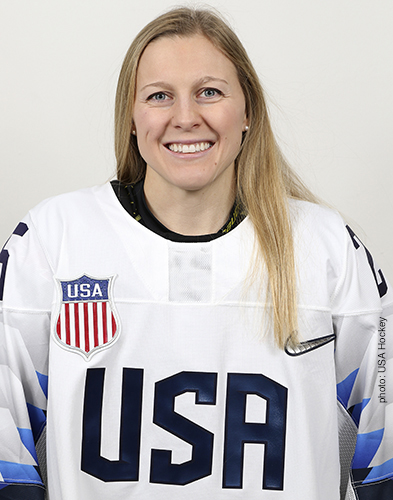
What are the unique challenges to playing women’s hockey versus men’s?
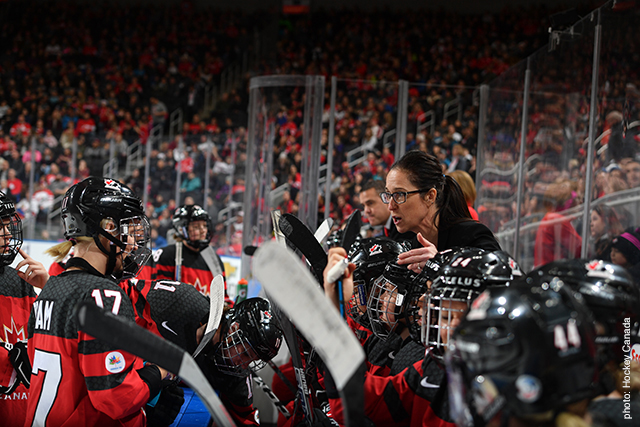
The men’s and women’s hockey games are very similar—each has six players on the ice at one time and use the same sized puck.
- As opposed to the men’s game, no direct body checking is allowed
- Instead of physicality, the emphasis is on excellence in puck movement and passing
- Must wear full face mask (not required for professional male hockey players)
From the coach:
Because of checking, men can neutralize with their physicality. Women’s hockey is the pure form of hockey. I find it more enjoyable.
What are the most common injuries?
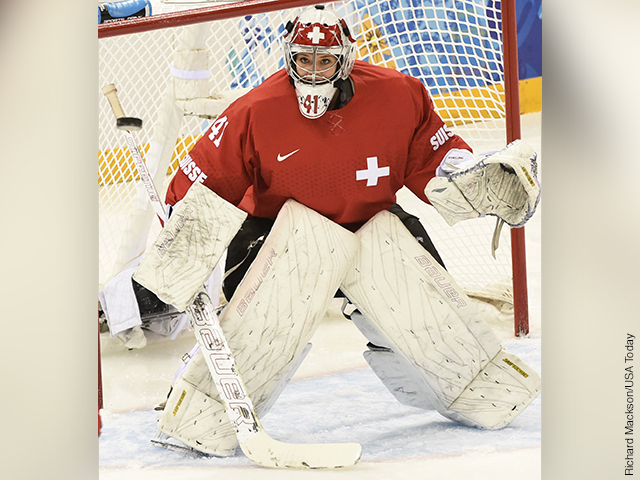
Despite extensive protective gear and certain hockey rules, injuries are difficult to avoid among skaters. Flint sees these most often.
- Labral tears in the hips
- Contusions and sprains in the knees and ankles
- Concussions
From the coach:
Today, we’re seeing fewer and fewer injuries due in large part to what we know about conditioning and how we approach it.
What three words describe the U. S. Olympic women’s hockey team?
- Fast
- Exciting
- Tenacious
What three words describe the Canadian Olympic women’s hockey team?
- Physical
- Disciplined
- Determined





